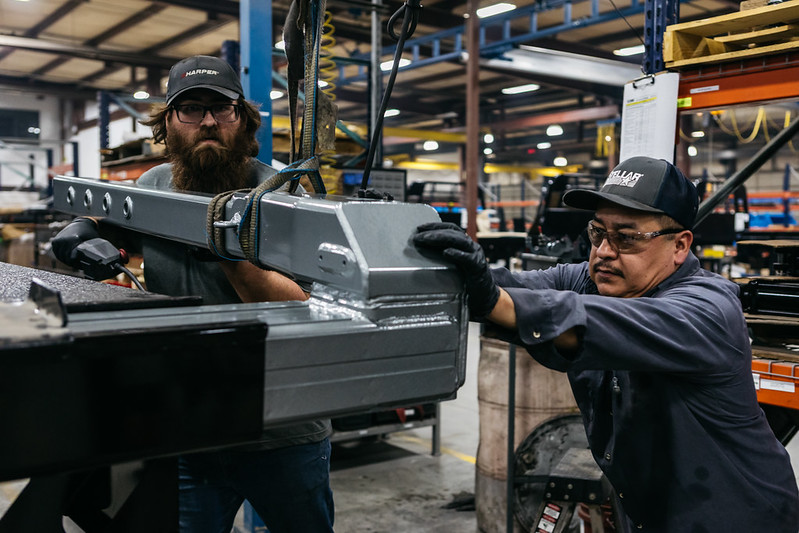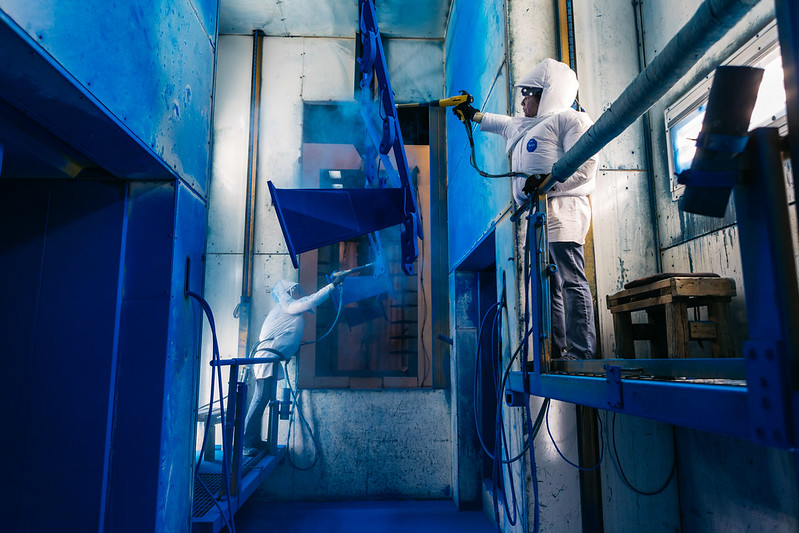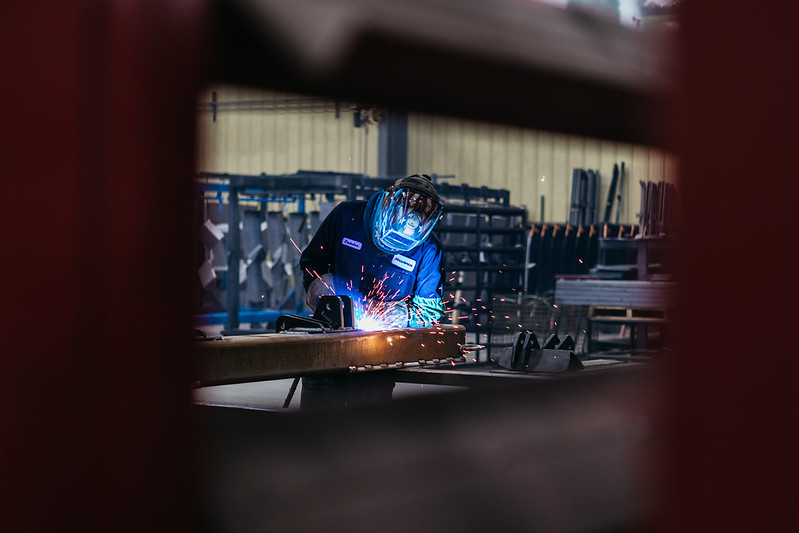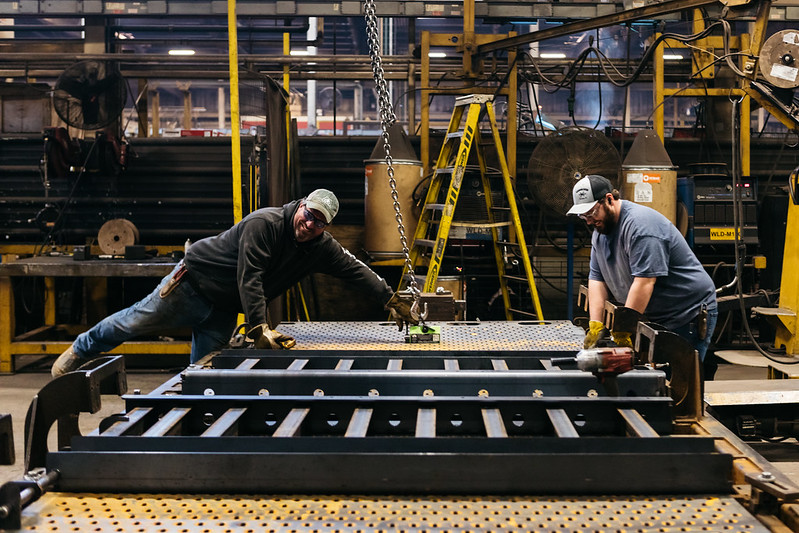By Mike Schmidt, AEM Director of Industry Communications --
Ask any manufacturing leader about the most pressing challenges his or her organization is facing today, and it usually doesn’t take too long before the issue of workforce is mentioned.
It’s really no surprise why. Acquiring skilled and qualified people to fill positions on and around the factory floor is no small or easy task. It’s also one almost everyone expects to become even more challenging with time. According to a recent study from Deloitte and The Manufacturing Institute, a shortage of appropriately skilled workers could result in 2.1 million unfilled jobs by 2030, which could cost the industry as much as $1 trillion annually.
“We have a thesis on how to attack the labor shortage problem, though,” said Rahil Siddiqui, founder of AEM member company Wilya, an organization that partners with manufacturers to help them reimagine the future of work. “If the work on the frontlines of manufacturing is truly flexible, then we may be able attract people to come and take those jobs.”
Want to learn more? Participate in AEM’s open Workforce Development Committee Meetings to gain workforce insights and access to expert-led presentations.
Offering flexible work requires manufacturers to be flexible, though. Frontline manufacturing jobs can best be described as very fixed and unvarying work. Employers require candidates capable of working eight hours a day, five days a week, and with mandatory overtime when necessary. However, in the years since the onset of COVID-19, there’s been a significant shift in how employees view the idea of work and what it means to be a participating member of the workforce.
Perhaps more importantly, explained Siddiqui, that shift should have employers closely examining traditional attitudes, strategies, and tactics toward how they attract and retain employees.
“There’s often very little attention paid to people’s personal lives, and what we saw post-pandemic is, people stopped living to work,” he continued. “They started working to live. That’s been the shift, and what that should mean to manufacturers is it all comes down to how effective you can be at doubling down on that and radically providing more flexibility to frontline labor.”
Job Sharing
Labor flexibility comes in many forms. One of the most common, at least historically, is job sharing. In the 1970s and 1980s, job sharing rose to prominence and was widely seen as one way for women to work something other than traditional “9-to-5” roles and free up time to help take care of their children and homes.
It’s less common in the workforce today. However, with the rise of the gig economy, the idea of splitting up the equivalent hours of a full-time job among two (or more) people should, at the very least, be a viable consideration for many employers.
According to Siddiqui, the challenge for manufacturers lies in identifying and applying elements of gig work to positions while still maintaining certain guidelines and job-related infrastructure. The benefits, however, seem to be worth the investment in time and effort. For example, said Siddiqui, when a human resources professional or recruiting team advertises for a flexible assembly or flexible warehouse associate role, it’s reasonable to expect a 3X-10X increase in the number of candidates interested in applying for the job.
“The benefits of utilizing job sharing manifest themselves in the cost and complexity of attracting and retaining labor,” he continued. “You’re getting better results, and you’re doing exactly what you’re supposed to be doing.”
Part-Time Labor
A common challenge for many manufacturers today is dealing with the issue of long-standing employees who are required to participate in mandatory overtime or have accrued a significant amount of vacation time. If company leaders find themselves struggling to backfill work simply because veteran talent is working in key positions or under certain circumstances, bottlenecks and lost productivity are often the end result.
The solution, according to Siddiqui, can be found in establishing a bench of qualified part-time employees who can step in when necessary, help alleviate any bottlenecks, and take on unassigned tasks and responsibilities.
“Once you have a strong understanding of who can do what, you can look for the person with the right skills when the need arises at the right time,” he continued. “Digitize and operationalize your skills, start giving people choices as to where they can pick up extra hours, and then think about your labor composition.”
Barriers to Flexible Work
“Factory managers make magic happen every single day,” said Siddiqui. “They are bringing together all sorts of different components and trying to get a fully operational piece of equipment out the door. So, if you go in and talk about how the future of work is changing and flexibility is important, it tends not to resonate unless it’s one of the two or three top problems they’re dealing with at the time.”
It can be all too easy for organizations to come up with reasons (or excuses) as to why offering flexible work opportunities shouldn’t be a priority in the short term. A subtle shift in approach and attitude, however, can lead to increased efficiency and greater levels of productivity.
“We used to run into the mindset of ‘What do you mean people can’t work eight hours a day and five days a week?’” said Siddiqui. “So, the quantity of work somebody can perform automatically in their heads would automatically relate to the quantity of the output, when there may not be correlation there. That thought process just doesn’t work.”
No organization – regardless of industry – survives (let alone thrives) without adaptability and a long-term vision. For manufacturers, who are competing with the ever-growing gig economy for qualified labor, there’s no better time than the present to consider how flexible work can be implemented to positively impact talent attraction and retention.
“With the way things are going, the gig economy is not a trend where you can respond by sitting on the sidelines and seeing what happens,” said Siddiqui.
What Comes Next?
So, with all that said, what does the future look like? According to Siddiqui, it’s reasonable to expect the manufacturing environments of tomorrow to include:
- Several very simple tasks that won’t be worth automating, and where low-level employees will be brought in to attend them.
- Middle-level work that will be automated.
- High-level work where veteran or experienced employees will troubleshoot the automation and oversee it all.
The opportunity to adapt, grow, and become flexible is there for manufacturing organizations and their leaders to respond to what lies ahead.
“Then it’s just a matter of finding the most effective ways to incentivize, attract, and retain a skilled workforce capable of dividing up and sharing the labor,” said Siddiqui.





